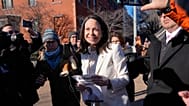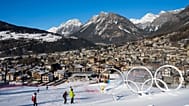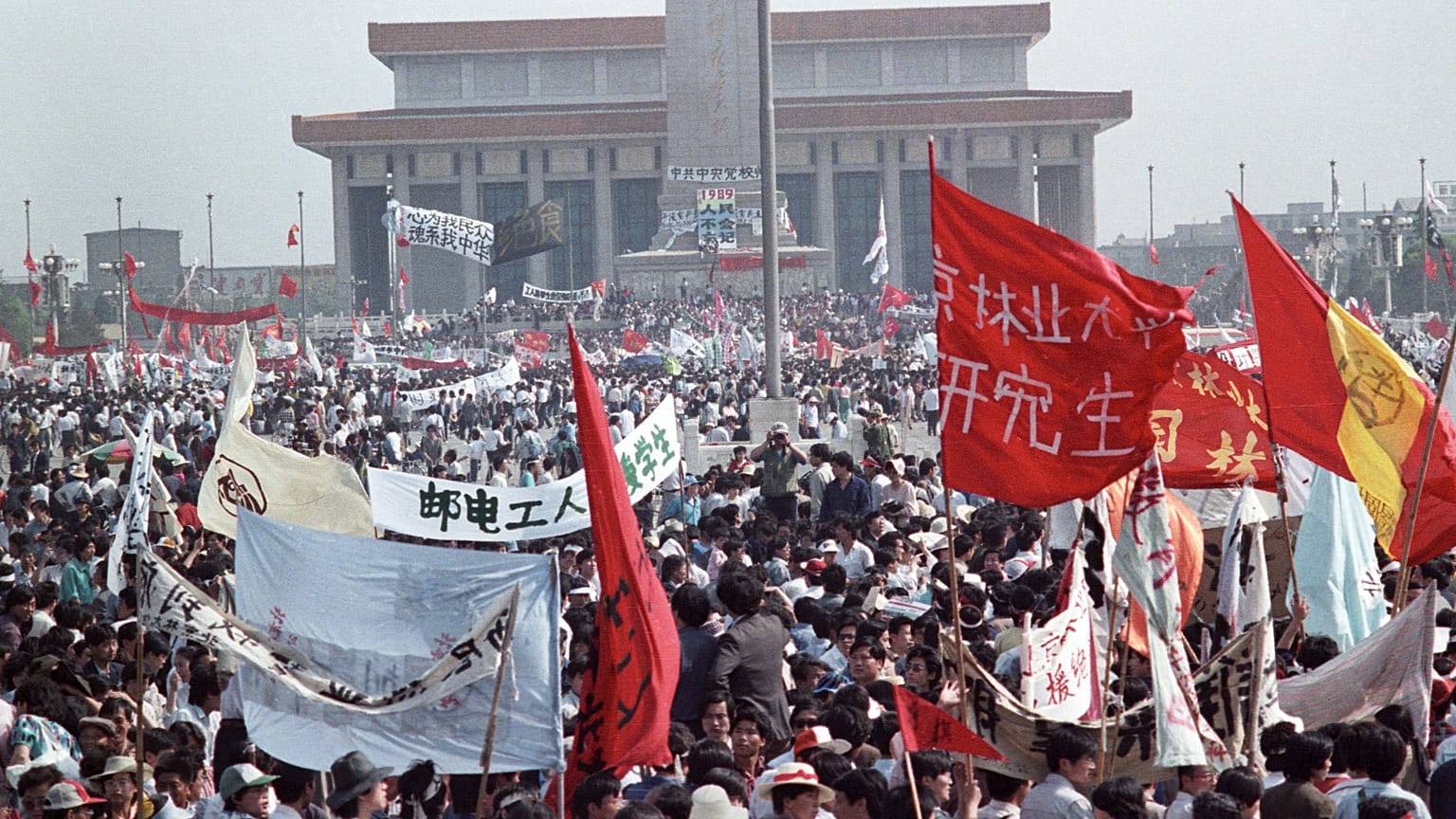June 4th marks 30 years since a pro-democracy protest in Beijing's Tiananmen Square ended in bloodshed.
The Tiananmen Square massacre on June 4 1989, which saw hundreds if not thousands of pro-democracy protesters killed by the Chinese army, is to this day a taboo subject in China.
However, on Sunday, China's Defence Ministry Wei Fenghe broke with his country's tradition by defending the Communist government's response to the protests.
“How can we say that China didn’t handle that Tiananmen incident appropriately? There is a conclusion of that incident, that incident was political turbulence and the central government took measures to stop the turbulence, which is a correct policy,” said Fenghe.
What led to the Tiananmen Square massacre?
On April 15 1989, student demonstrators gathered at Beijing's Tiananmen Square to mourn the death of the late General Secretary of the Communist Party, Hu Yaobang. Hu had worked to move China toward a more open political system and had become a symbol of democratic reform.
Angered by rising inflation, corruption, and restrictions on political participation, mourning students gathered in the square to call for a more free press, freedom of speech, disclosure of leaders' assets and freedom to demonstrate.
As the weeks went by, the number of demonstrators calling for greater freedoms increased.
A month later, more than 100 students had begun on hunger strike in the square, with the number increasing to several thousand over the next few days.
With no end in sight, Communist leaders began to believe that violence would be the only end to the demonstrations and on May 19 the State Council — the chief administrative authority of the government — declared martial law, sending the military to break the demonstrations.
The troops advanced into central parts of Beijing in the early morning of June 4, firing at civilians on the street.
An official death toll has never been released by the Chinese government but it is estimated that possibly thousands might have died.
The memory of the event remains linked to the legitimacy of the Communist Party rule and remains one of the most sensitive and widely censored topics in China.
International condemnation
The international community heavily condemned China's acts with Western powers imposing embargoes.
But many Asian countries remained silent throughout the protests.
What do Tiananmen Square protesters think about China now?
Human rights advocates say the ruling Communist Party has suppressed civil society by detaining an increasing number of activists and rights lawyers, intensifying online censorship, and using high-tech methods to police its population.
"It is much, much worse than 1989," Shao Jiang, one of the protest leaders, told Reuters from London, where he lives in exile.
"The Chinese government has turned China into a big prison," Shao said, speaking about the internment of a million or more minority Muslims in its Western Xinjiang region, and the government's "stability maintenance" measures to monitor dissidents.
China says the camps are vocational training centres and has justified martial law-like conditions, with mass surveillance, police patrols and DNA collection, as a counterterrorism operation.















